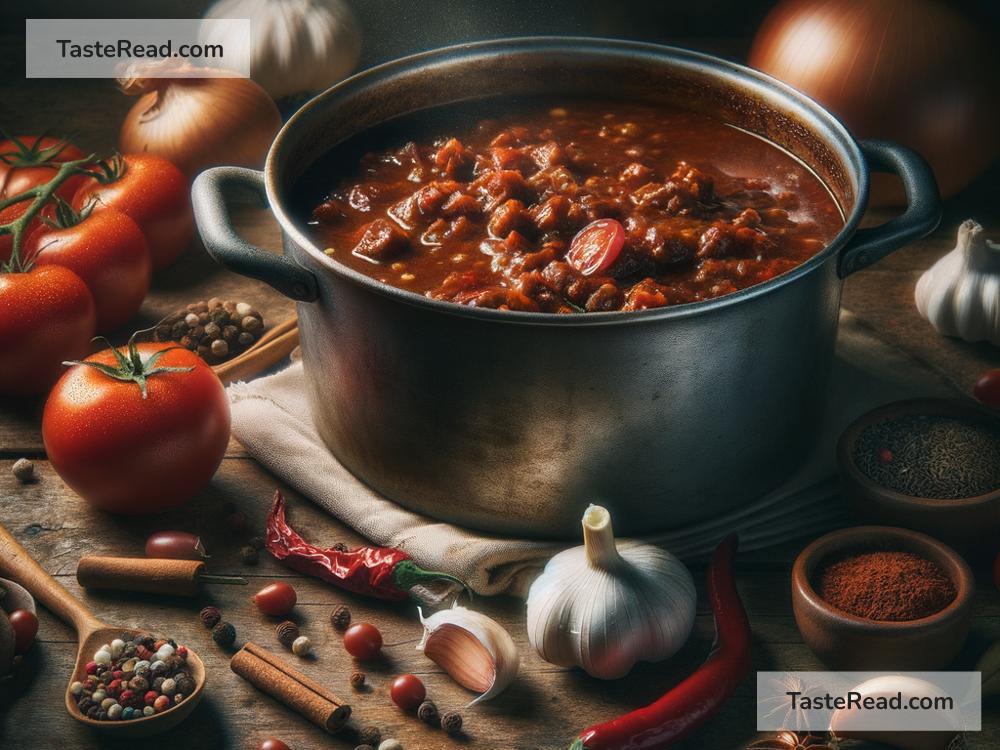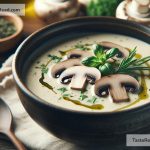How to Photograph Slow-Cooked Dishes with a Homely Vibe
There’s something about a slow-cooked dish that feels like a warm hug from the inside out. It’s the essence of home cooking, bringing to mind cozy family gatherings, laughter around the dinner table, and the comforting rhythm of daily life. But how do you capture that feeling — that homely vibe — in a photograph? Here are some simple yet effective tips to help you photograph your slow-cooked dishes, making them look as inviting and heartwarming as they taste.
1. Lighting is Key
Good lighting can make or break your photograph. To get that soft, warm, inviting look, natural light is your best friend. Try to take your photos during the day when you can use as much natural light as possible. A window that lets in plenty of light but not direct sunlight is ideal. Direct sunlight can be harsh and create unflattering shadows. Soft, diffuse light will give your dishes a cozy glow that’s just perfect for that homely feel.
2. Choose Your Background Wisely
The background you choose should complement the dish without distracting from it. Wooden tables, rustic chopping boards, and simple, solid-colored cloths can serve as great backgrounds. These elements suggest a home kitchen and can add to the warm, comforting vibe you’re aiming for. Remember, simplicity is key. Too much clutter can take away from the main focus: your delicious, slow-cooked creation.
3. Get In Close
One of the best ways to showcase the mouth-watering details of your slow-cooked dish is to get up close and personal. Zoom in to capture the textures and colors that make your dish unique. The glistening of a perfectly cooked stew, the golden crust of a freshly baked casserole, the vibrant colors of added herbs and spices — these details can really draw viewers into your photo, making them almost smell and taste the dish through their screens.
4. Add a Human Element
Introducing a human element into your photographs can instantly make them feel more homely and inviting. This could be as simple as a hand holding a spoon, serving the dish, or a person in the background, slightly out of focus, giving the impression of a family meal. It subtly tells a story, suggesting warmth, care, and the love that goes into home cooking.
5. Play with Props, but Don’t Overdo It
Props can add context and depth to your photographs, helping to tell a story. Think utensils, ingredients, or even a worn cookbook opened to a recipe page. These elements can help convey the idea of cooking at home and the passage of time involved in slow-cooking. However, be careful not to overcrowd the scene. Each prop should have a purpose and contribute to the overall homely feel you’re trying to achieve.
6. Choose the Right Angle
Experiment with different angles to find the one that best showcases your dish. A top-down angle works well for dishes served in pots or pans, allowing you to capture all the ingredients and colors. For layered dishes like lasagnas or casseroles, a side view might be more effective, giving viewers a sneak peek into the delicious layers inside. Don’t be afraid to take several shots from different angles to find the one that works best.
7. Edit Gently
While editing can enhance your photographs, overdoing it can make them look unnatural. Aim for subtle adjustments to brightness, contrast, and saturation to make your dish look its best. Keep the edits minimal to maintain the authentic, homely feel of your photograph.
Conclusion
Photographing slow-cooked dishes with a homely vibe is all about capturing the warmth and comfort they embody. By paying attention to lighting, background, details, and composition, you can create photographs that not only look delicious but also evoke the cozy feeling of home. Remember to keep it simple, authentic, and let the natural beauty of your home-cooked dishes shine through. Happy shooting!


